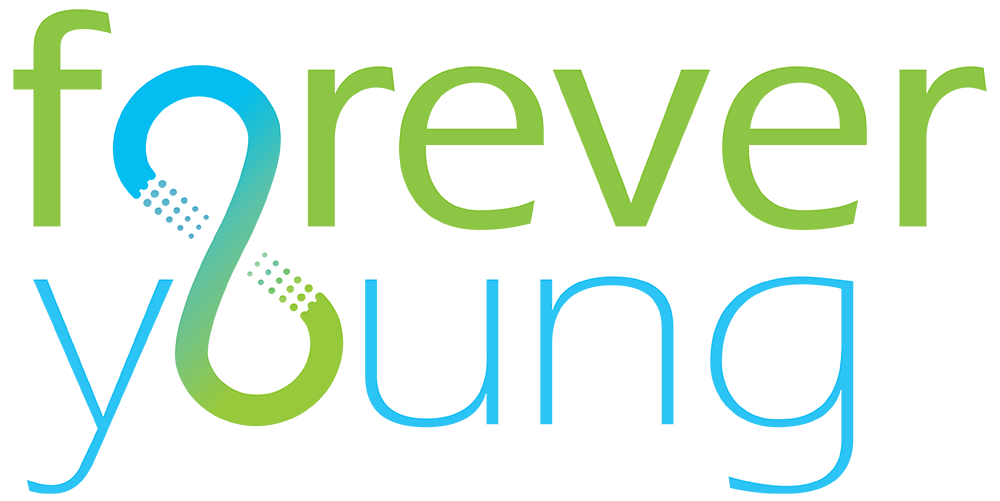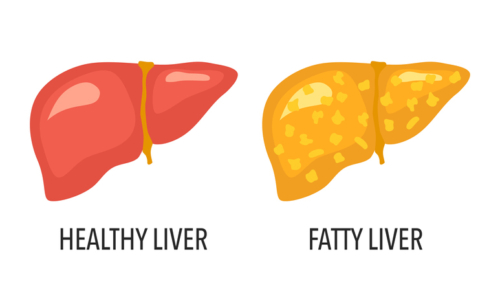According to the National Institutes of Health, approximately 30% of American adults have liver disease unrelated to alcohol consumption, known as nonalcoholic fatty liver disease (NAFLD). NAFLD is the most common type of liver disease in the Western world.
With NAFLD, there is a buildup of excess fat in the liver. One type of NAFLD is called nonalcoholic steatohepatitis, where liver inflammation and damage occur.
People with NAFLD may have no signs or symptoms, but they may have fatigue or discomfort in the right upper abdomen where the liver is located.
NAFLD is common in people who have obesity and type 2 diabetes. However, even children can be affected by NAFLD. Up to 10% of American children have NAFLD. People with NAFLD are at higher risk for cardiovascular disease, type 2 diabetes, metabolic syndrome (high blood pressure, elevated cholesterol, and triglycerides).
The Insulin Connection
The most significant cause of NAFLD that goes hand in hand with obesity and type 2 diabetes is insulin resistance. When you consume carbohydrates, there is a transient rise in blood glucose levels. The elevation of blood glucose signals the pancreas to release the hormone insulin. Insulin has the role of transporting glucose into the cells for energy. However, high insulin levels from too many carbohydrates or simple carbohydrates (including alcohol) signal enzymes the liver cells and fat cells to take up glucose from the bloodstream and convert it into fatty acids. Also, the cell receptors become “resistant” to insulin, and blood insulin levels stay elevated for too long a time. As a result, new fat stores are created in the liver and areas of the body such as the abdomen.
Since approximately 50% of the US adult population has prediabetes or diabetes, you can see why insulin resistance and the fat depositing effects of insulin are problematic.
Starve Fat Cells from Insulin
The primary way to prevent and treat NAFLD is to change your diet to reduce simple carbohydrates and the total amount of carbohydrates. This means focusing on quality protein (fish, nuts, and seeds) and fat sources (olive oil, fish, nuts, and seeds), high fiber (plants), along with better carbohydrates (legumes, quinoa, buckwheat).
Conclusion
If you have NAFLD or are overweight and want to be more proactive in preventing NAFLD, then diet and exercise should be your focus. In addition, specific supplementation can also help support healthy liver function.
References
National Institute of Diabetes and Digestive and Kidney Diseases. Definition & Facts of NAFLD & NASH | NIDDK. https://www.niddk.nih.gov/health-information/liver-disease/nafld-nash/definition-facts. Published 2022.
Yaskolka Meir A, Rinott E, Tsaban G et al. Effect of green-Mediterranean diet on intrahepatic fat: the DIRECT PLUS randomised controlled trial. 2021.
Dr. Mark Stengler is a leading Naturopathic Medical Doctor and author. He practices with his wife Dr. Angela Stengler, at the Stengler Center For Integrative Medicine in Encinitas, California (855-DOC-MARK). You can also sign up for his FREE Newsletter at Americasnaturaldoctor.com

